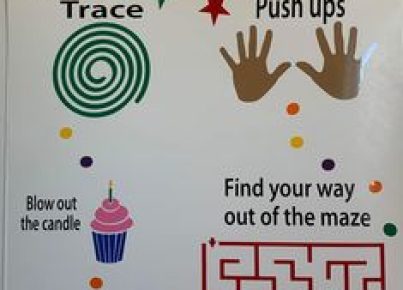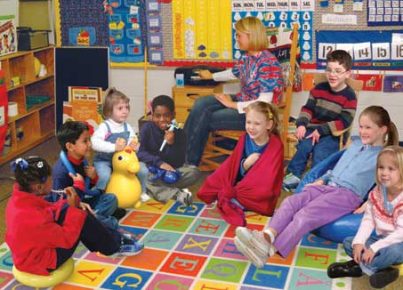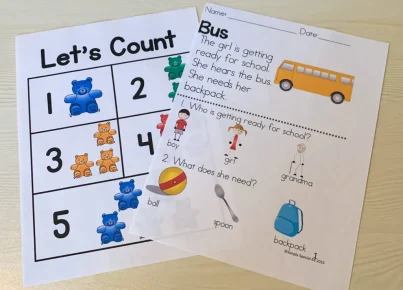In recent years, mindfulness has emerged as a vital tool in education to enhance the learning experience and improve student outcomes. Here are several reasons why incorporating mindfulness into the classroom can be beneficial for students:
1. Enhanced Focus and Concentration: Mindfulness teaches students to concentrate on the present moment, which can lead to better focus in their studies. This deliberate focus can reduce distractions and improve the capacity to absorb new information.
2. Stress Reduction: School can be stressful, with deadlines and exams causing anxiety. Mindfulness practices can help students cope with stress by promoting relaxation and encouraging a calm mind.
3. Improved Emotional Regulation: By becoming more aware of their thoughts and feelings through mindfulness, students can learn to manage their emotions more effectively. This emotional intelligence is crucial for navigating social interactions and academic pressures.
4. Increased Resilience: Through mindfulness, students can build resilience by understanding that setbacks are temporary. This mindset is particularly valuable in education where challenges are frequent.
5. Enhanced Academic Performance: Studies have shown that mindfulness can contribute to academic success. A calm and focused mind allows for improved memory retention and cognitive functioning.
6. Better Classroom Environment: Mindfulness can promote a sense of community and empathy among students, leading to a more collaborative and supportive classroom atmosphere.
7. Long-term Health Benefits: The benefits of mindfulness extend beyond school; it can also lead to long-term health improvements like reduced blood pressure and improved immune function.
Educators looking to enhance learning should consider integrating mindfulness exercises into their curriculum. Whether it’s through guided meditation, breathing exercises, or simply teaching students to be present, these tools can make a significant difference in student learning outcomes.





